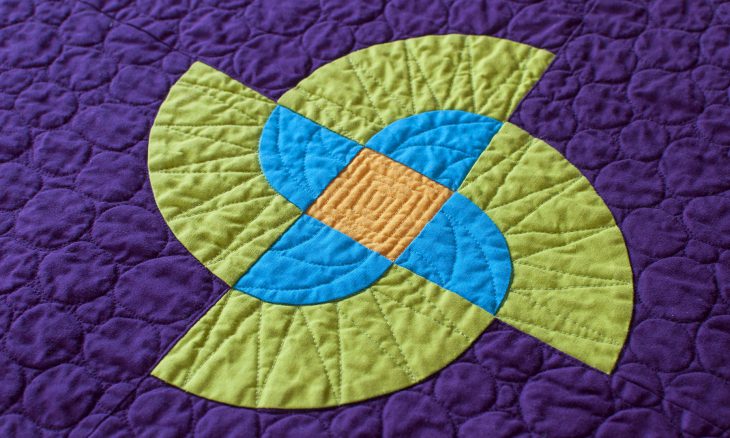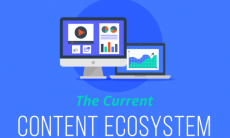
The only content links you can control are your own. One good way to do it is to make sure all your navigation is either textual or alt-text-labeled images. Flash is way dead. The better way is to remember way back to 1965 to where hypertext was invented by Ted Nelson and to remember that hypertext was developed as a way of linking together a stack of information “cards.” These hyperlinks were textual and were used as ready references to content relevant to what you were reading. Even today, web pages are still cards of sorts and hyperlinks are just a technical method of linking descriptive text to relevant content–via hyperlinked hypertext.
A garden requires planting, watering, cultivating, pruning, pollination, and feeding before the harvest. If you don’t know what your website garden needs, it’s probably cultivation. If Chauncey Gardiner—Chance the gardener–did search, he would use the gardening analogy as well. For him, cultivation would include making sure that each and every page of his sites–including blog posts–had enough interpage and intrasite flow that there would never be a reason for a visitor to bounce off the page and back to Google or link off to another site.
Make sure navigation is sorted and easily accessible, yes; and, of course, never say no to related posts and related content links at the bottom of every page. That’s easy and can be done quickly and simply through installing a related posts plugin or customizing your template a little bit.
Linking from inside one article into another takes either a good memory or a bit of a plan. When it comes to the Biznology blog, I choose my own articles 80% of the time. Sometimes, though, I realize that James Mathewson did a better job than I did in his Three Types of Relevant Internal Links to Boost SEO post (because it takes a village of bloggers to raise up a Biznology blog) but I also found 8 Things You Can Do To Significantly Improve Your SEO by Megan Totka as well (see, that’s how it’s done).
While it is much easier to do this while you’re writing your posts or putting together your pages, it’s sometimes not always easy to include these things in your first–and often only–draft. So, since you’re the gardener of your own online presence, it’s up to you and yours to quilt your website together using internal links. And if you’re compassionate enough to not put the onus of intralinking and interlinking onto your bloggers then you can do all of this during the editorial process afterwards.
Or, you can come back another day and do your gardening like the constant gardener you are, and link all that content together a little later, post-posting, post-publishing. The upside of including all of these internally-linked text phrases–these hypertexts–in the piece/post before publishing is in order to make sure the very first Google Bots and Search Engine Spiders see these links during their initial, most ambitious, spidering as opposed to maybe some later spidering.
An advantage of adding these links and making these changes days and weeks after the initial post is because Google is just an enormous diff checker, and so making sure there are updates and changes to your site–be it a new blog post, an updated content page, or additions and subtractions to current articles (including adding internal-facing links) excites the Google Spiders and Bots to come back, to return, and to re-scrape and re-index your content. If you don’t keep your site hopping, Google’s bound to eventually bench you with the second worst categorization that Google has: archived.
Everyone is still obsessed with begging and buying inbound links–and it’s 2018! Happy new year! Why? I get it. Old habits die hard and Google tends to say one thing and mean entirely another. One day, Google’s actually going to put the kibitz on non-organic bought links; until then, you have some time to get right with God/Google.
I have been using my modest little RNNRUS blog as a laboratory for what does and doesn’t work circa 2018 for Google search. I’m exploring AMP and AMP for WP and I love it so far (we’ll see if Google both giveth and taketh away). What has worked for me, as a secondary effect, is making sure as many of my new posts are textually linked to relevant older posts. For example, I wrote Patchwork Quilt Stitch Your Marketing Website Tightly Together Using Internal Links and Navigation back on Jul 11, 2017, and the content is very similar.
Whenever I add these elder internal links into the newest posts, it reactivates interest in those older posts. This is good for search. This is good for the site. This is good for you, too. And, very literally, Google takes any and all textual links and indexes them so you can work towards controlling and owning keyword phrases–especially in niche deep down the long tail–yourself within your very own blog!
Good luck and Happy 2018!
Feel free to own the yacht but hire a crew if you’re not yet seaworthy. If you get my drift and want to adopt the yachting lifestyle yourself but either don’t have the mad sailing skills yourself, don’t yet posses a world-class crew, and don’t know yet where to go, then you should give me a call or reach out me by email — so I can help you pilot your vessel now, in the tranquil blue-green shallows of the Caribbean, as well as in the roughest seas and into — as well as out of — the storm.
If you’d like to chat more, call me at +1 (202) 869-3210 Ext 0001 email me, or feel free to self-schedule a 15-minute call, a 30-minute call, or a 60-minute call with me.






